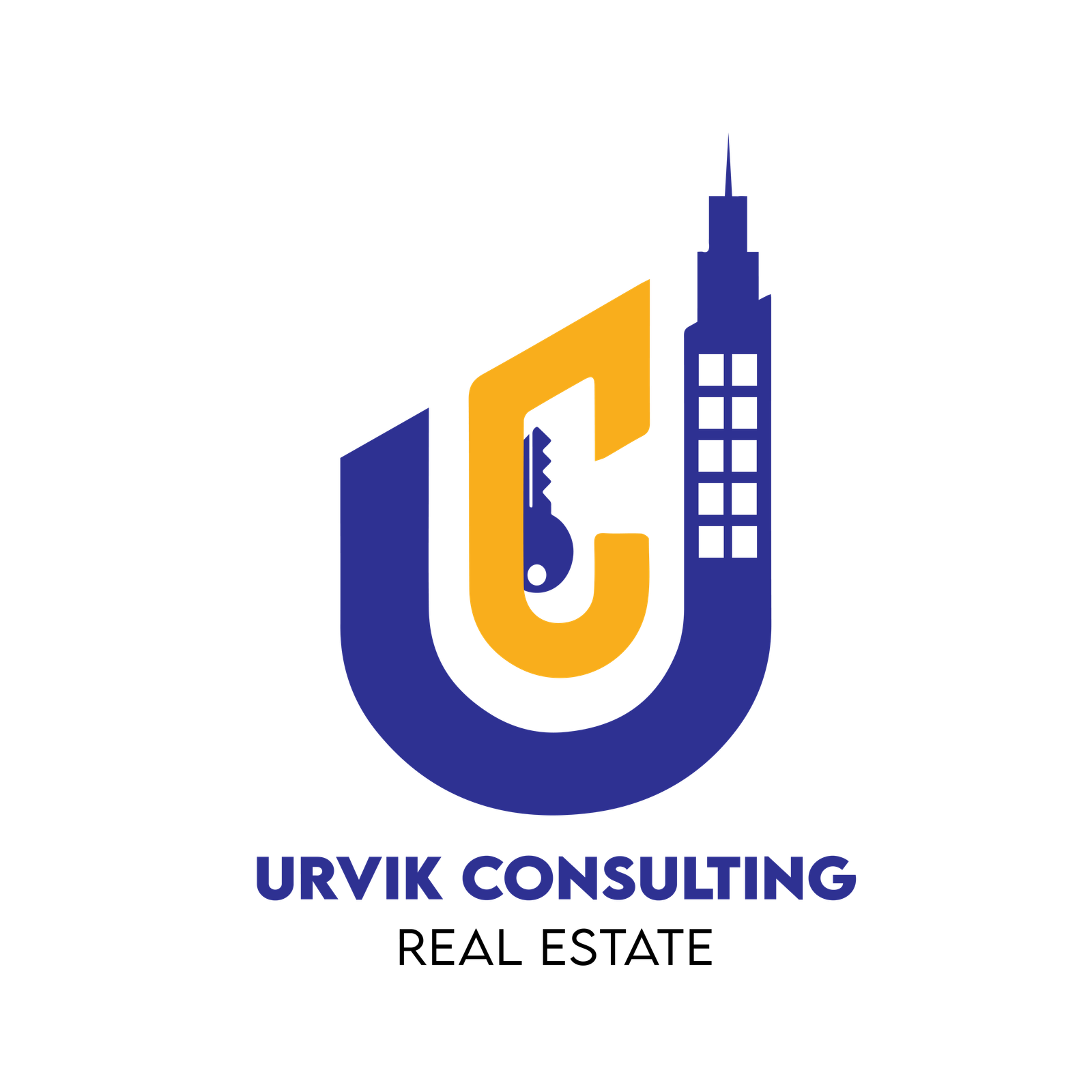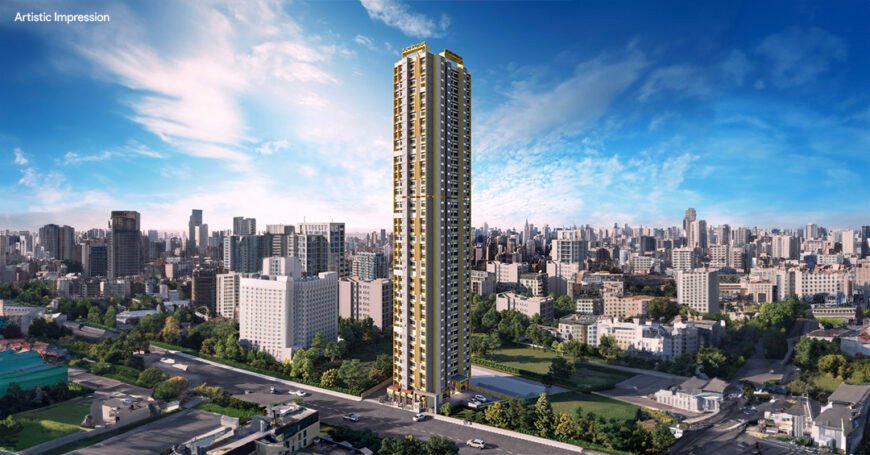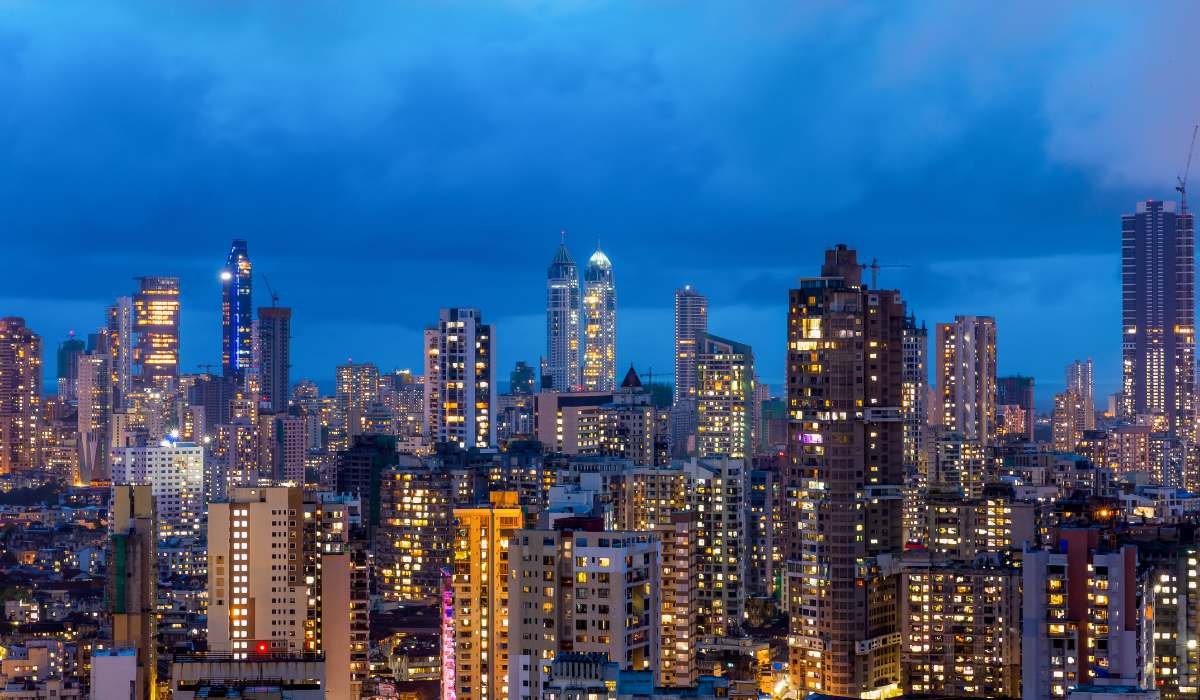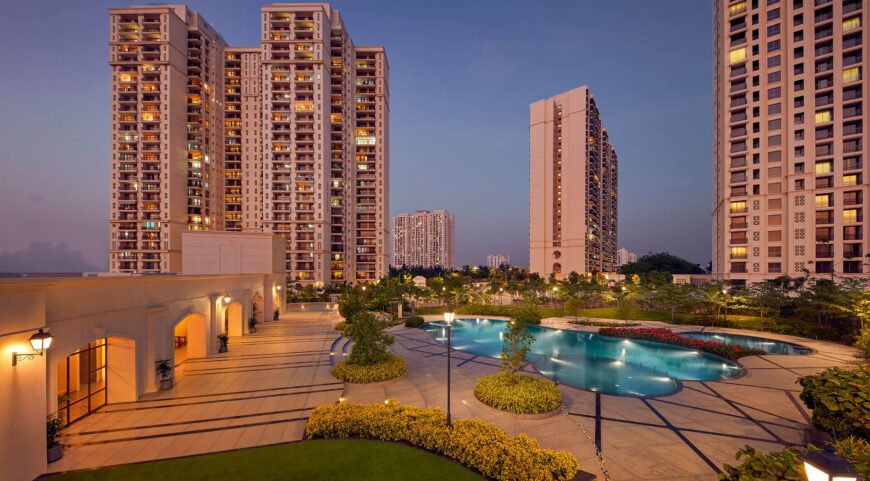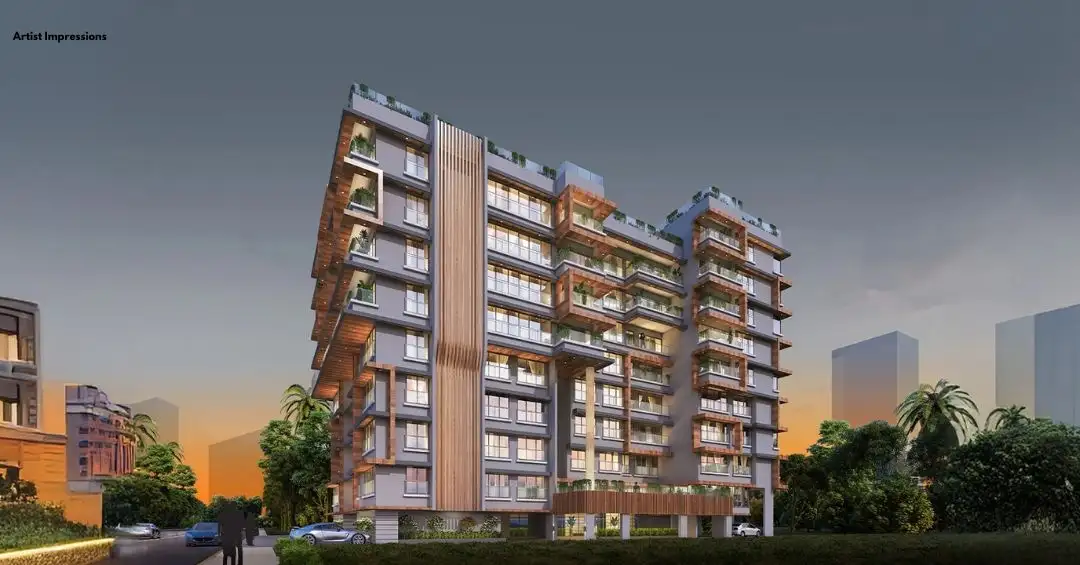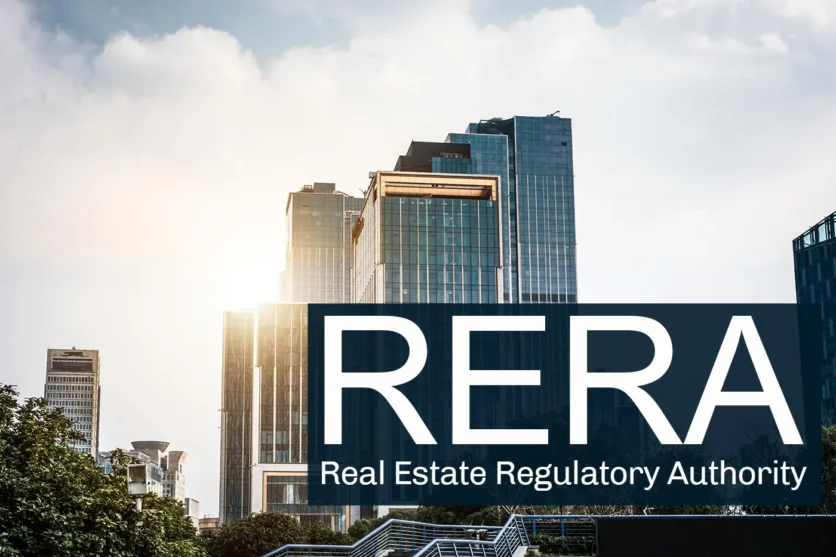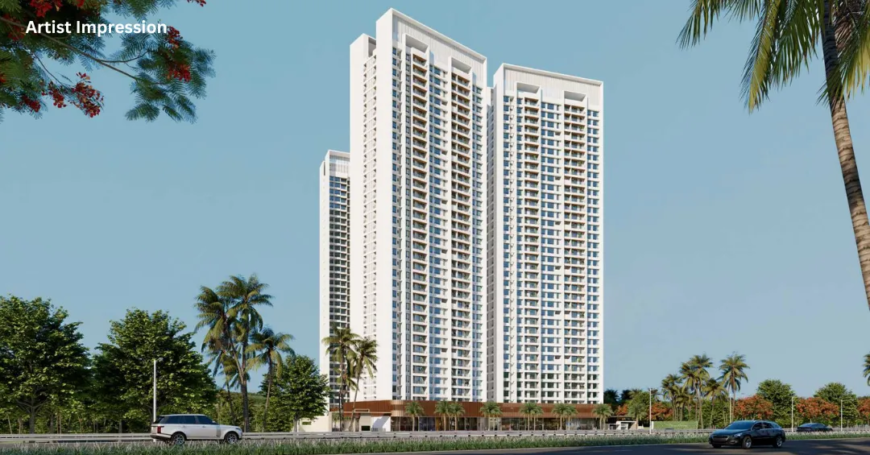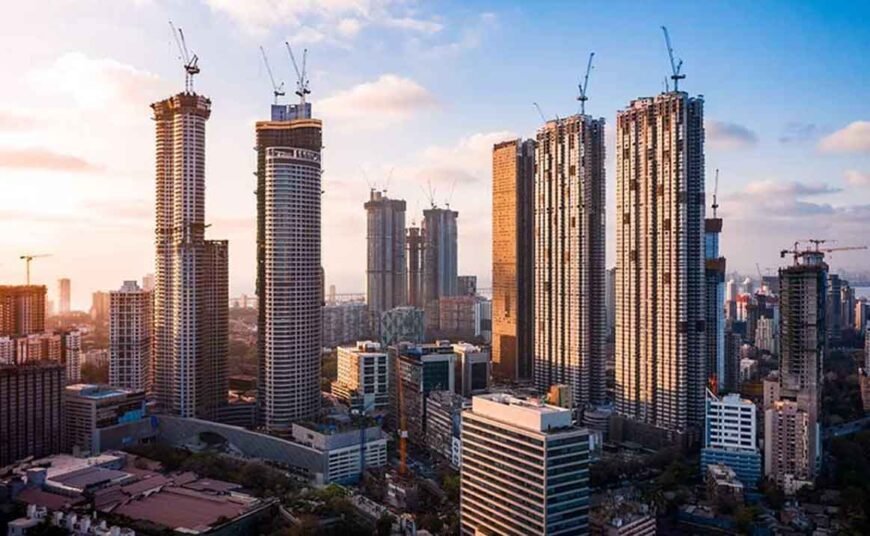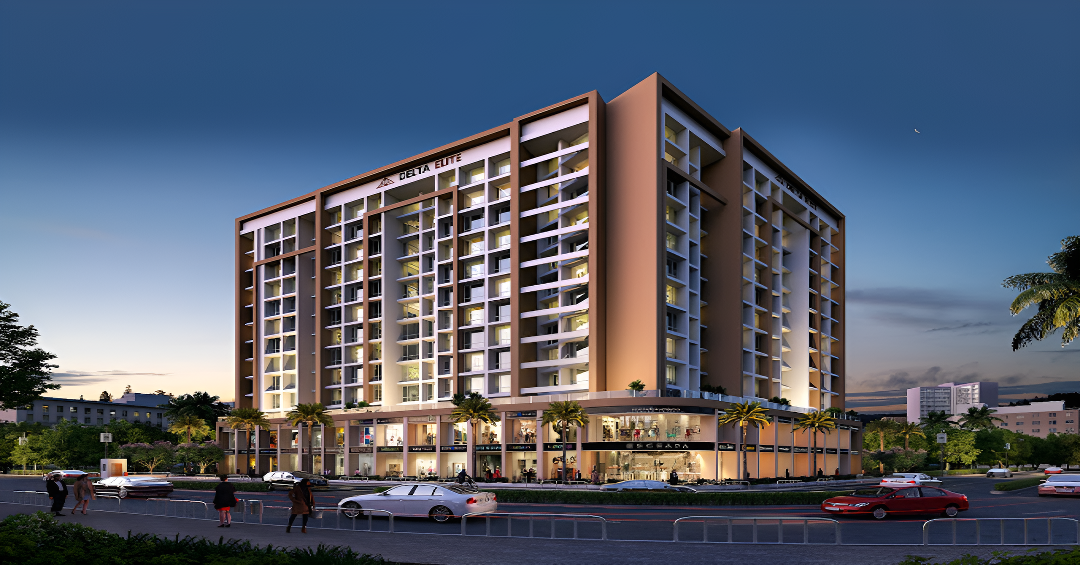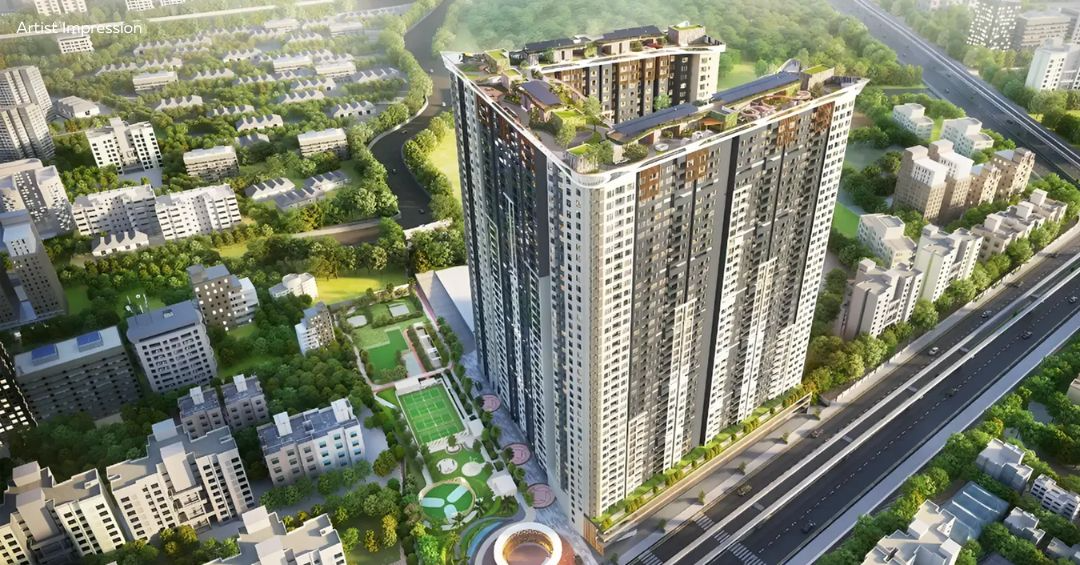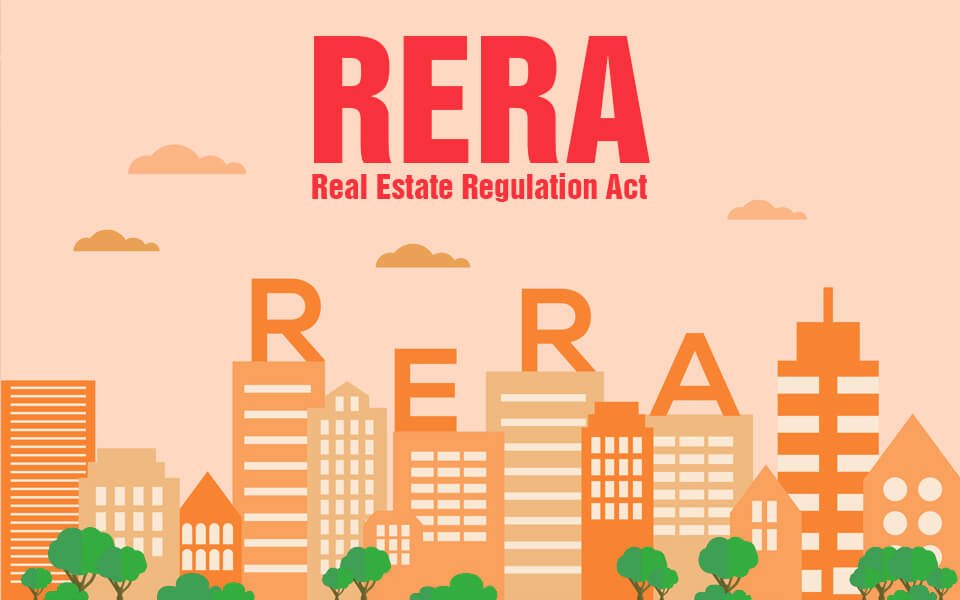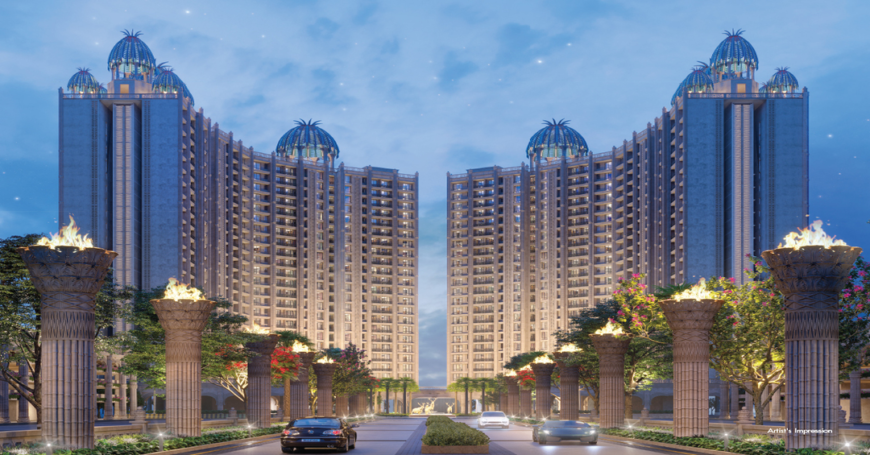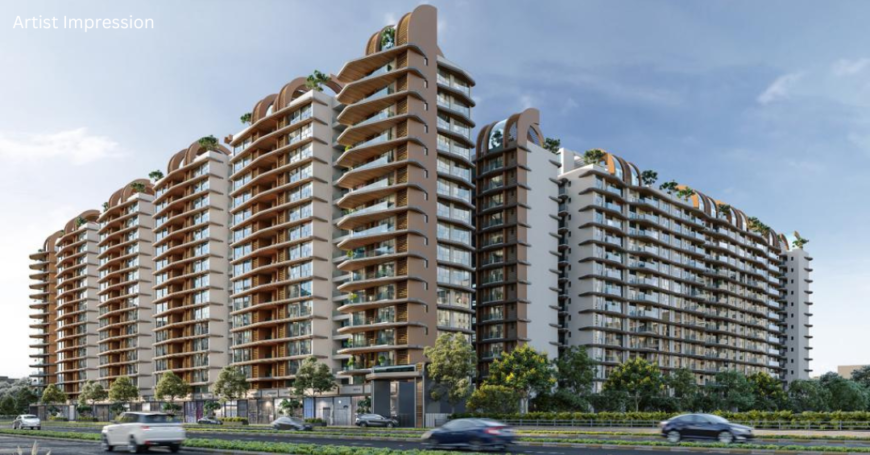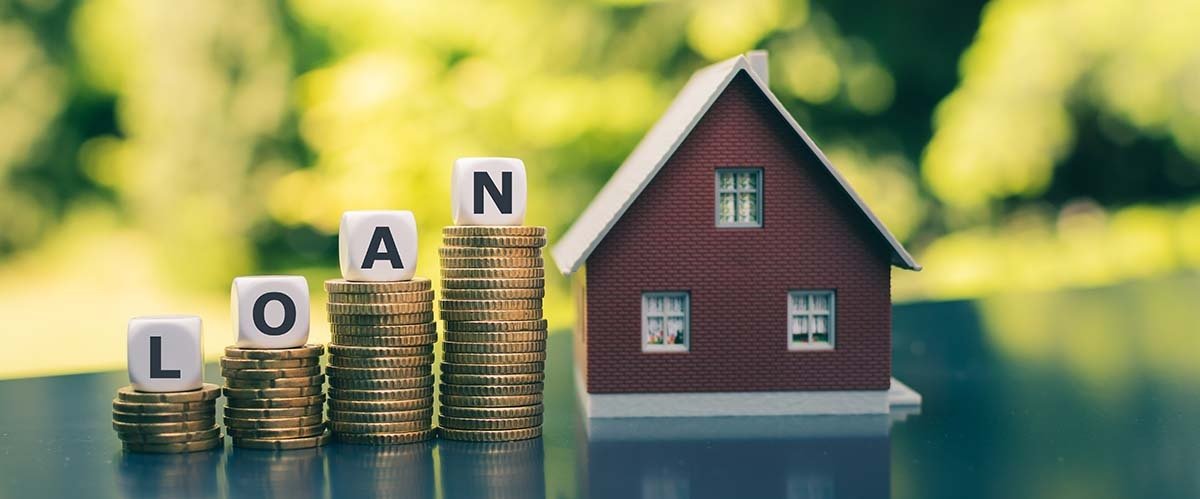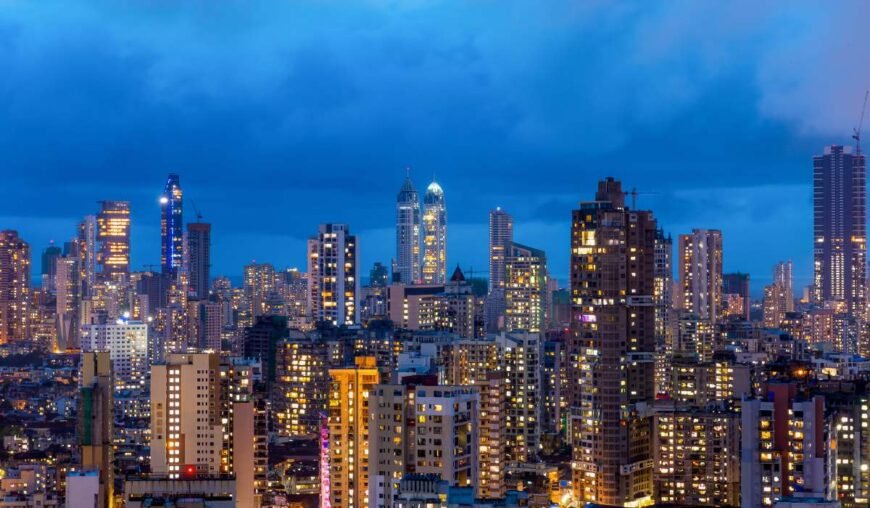
Best Gated Communities in Thane for Families in 2025
Thane, one of the fastest-growing cities in the Mumbai Metropolitan Region (MMR), has emerged as a prime residential hub. Known for its excellent connectivity, modern infrastructure, reputed schools, and natural green cover, Thane is now home to some of the most well-designed gated communities that cater to urban families seeking a safe, comfortable, and community-driven lifestyle.
In 2025, the demand for gated townships is higher than ever. Families are prioritizing security, open spaces, children-friendly amenities, and holistic living. Whether you’re a young couple, a nuclear family, or a multi-generational household, Thane has a wide range of housing options for everyone
Here are the top gated communities in Thane for families in 2025:
1. Hiranandani Estate, Ghodbunder Road
Why It’s Ideal for Families:
Hiranandani Estate is a self-sufficient township with everything a family could need—international schools, hospitals, supermarkets, a business park, and more. The architecture is Mediterranean-themed, and the community has extensive greenery, walkways, and multiple parks for children.
Key Features:
24×7 security with CCTV surveillance
Hiranandani Foundation School and healthcare facilities within the township
Clubhouse, swimming pools, and sports courts
Daily essentials and restaurants within walking distance
2. Rustomjee Urbania, Majiwada
Why It’s Ideal for Families:
Rustomjee Urbania offers a contemporary gated living experience with a focus on education, safety, and play. It’s designed around the needs of working parents, with daycare centers, play zones, and learning centers built into the township.
Key Features:
In-house EuroSchool (CBSE curriculum)
Dedicated play zones for toddlers and teens
Landscaped gardens, amphitheaters, and jogging tracks
Seamless access to Eastern Express Highway and Thane railway station
3. Kalpataru Immensa, Kolshet Road
Why It’s Ideal for Families:
Kalpataru Immensa is a thoughtfully planned township with open spaces, central green zones, and top-tier amenities. Its location on Kolshet Road ensures good connectivity to both commercial hubs and social infrastructure.
Key Features:
Multiple swimming pools and kids’ play zones
A fully equipped gym, spa, and wellness center
Ample green space with walkways and yoga zones
Safety-first design with smart security systems
4. Puraniks Grand Central, Vartak Nagar
Why It’s Ideal for Families:
This project blends affordability with high-quality amenities. It’s designed for mid-income families looking for value without compromising on lifestyle. The community is smaller than others on this list, which can appeal to families wanting a more close-knit environment.
Key Features:
Theme-based clubhouse and multipurpose hall
Children’s activity areas and indoor game zones
Efficient layouts that maximize usable space
Proximity to schools, hospitals, and retail outlets
5. Lodha Amara, Kolshet Road
Why It’s Ideal for Families:
Possibly one of the most popular gated communities in Thane, Lodha Amara is designed to deliver a luxurious lifestyle with a community feel. With expansive green spaces and premium towers, it offers something for every family member.
Key Features:
Over 30 acres of open space with tree-lined avenues
Kids’ parks, senior citizen zones, and a clubhouse spread over 25,000 sq. ft.
International-level sports facilities, including football fields and tennis courts
Yoga decks, barbecue zones, and pet parks
What to Look for in a Gated Community in Thane (Checklist for Families)
Before deciding on a property, families should evaluate:
Proximity to schools and hospitals
Child-friendly amenities like parks, playrooms, and learning zones
Security features, including gated access, surveillance, and guards
Connectivity to workplace, highway, and railway stations
Availability of open spaces for recreation and health
Why Thane?
Apart from offering some of the best gated townships in MMR, Thane has:
Green lungs like Yeoor Hills and Upvan Lake
Excellent public and private schooling options
Rapid development of metro lines and roadways
Retail, entertainment, and healthcare infrastructure
Better price-to-space ratio than Mumbai suburbs
Thane’s transformation from an industrial suburb to a smart, family-centric city makes it a prime real estate destination in 2025.
Conclusion
Choosing the right gated community is about ensuring long-term happiness, security, and convenience for your family. Whether you’re looking for luxurious amenities or a community-centric lifestyle, Thane’s real estate offerings in 2025 cover the entire spectrum.
As family needs continue to evolve, Thane’s developers are stepping up with modern, sustainable, and inclusive gated communities. These townships are not just places to live—they’re places where families grow, connect, and thrive.
Ready to find your ideal family flat?
Call us at +91 9999221552
